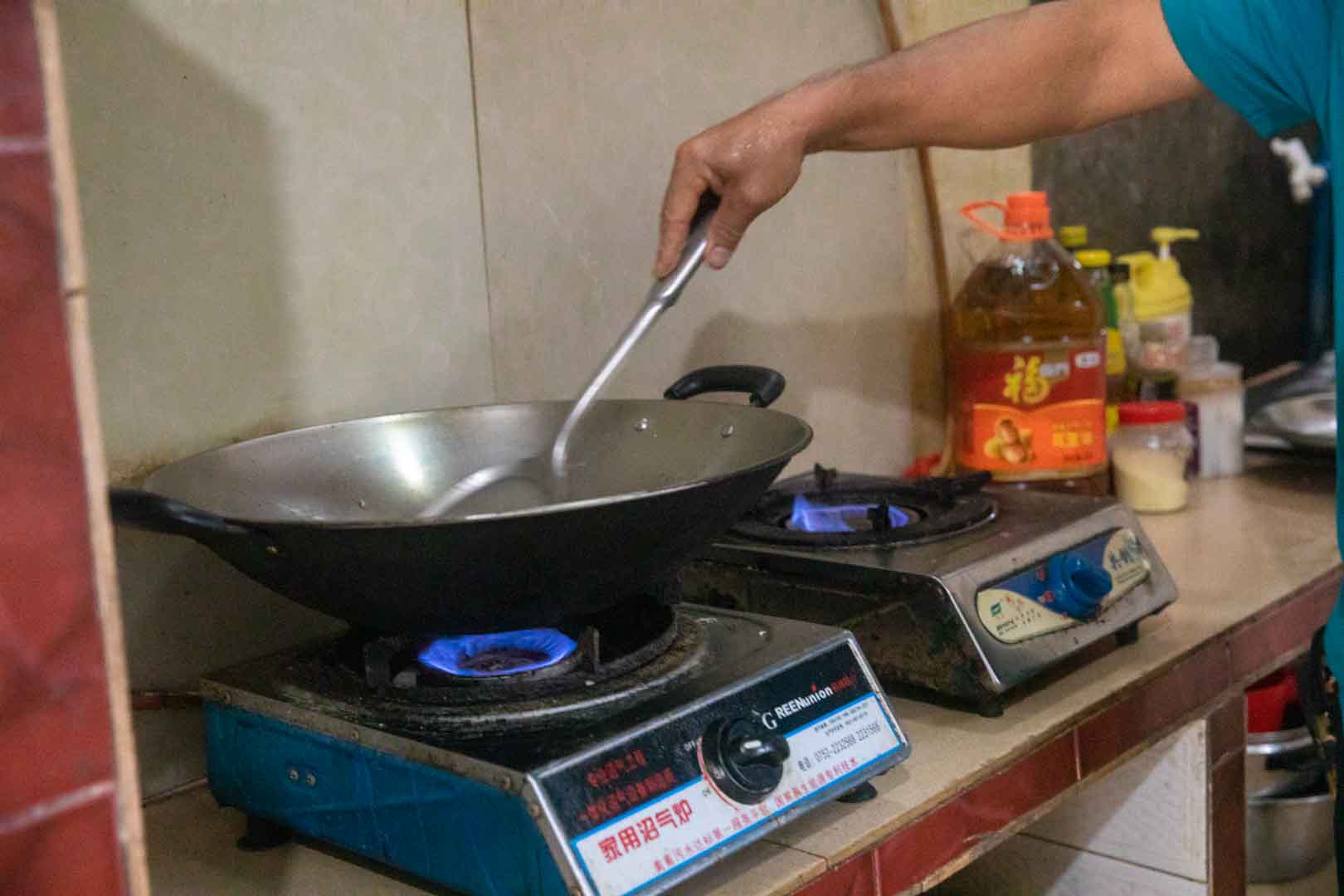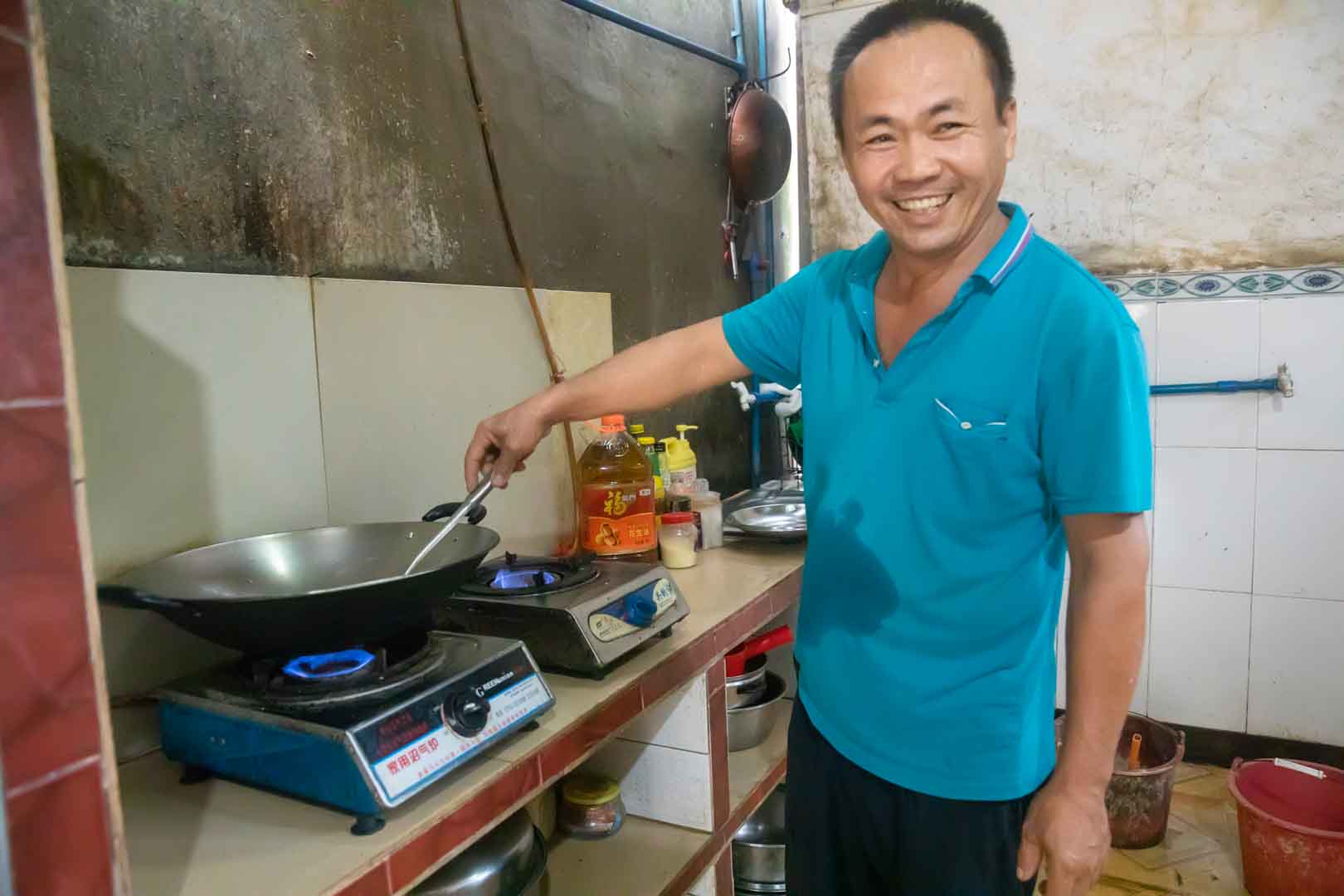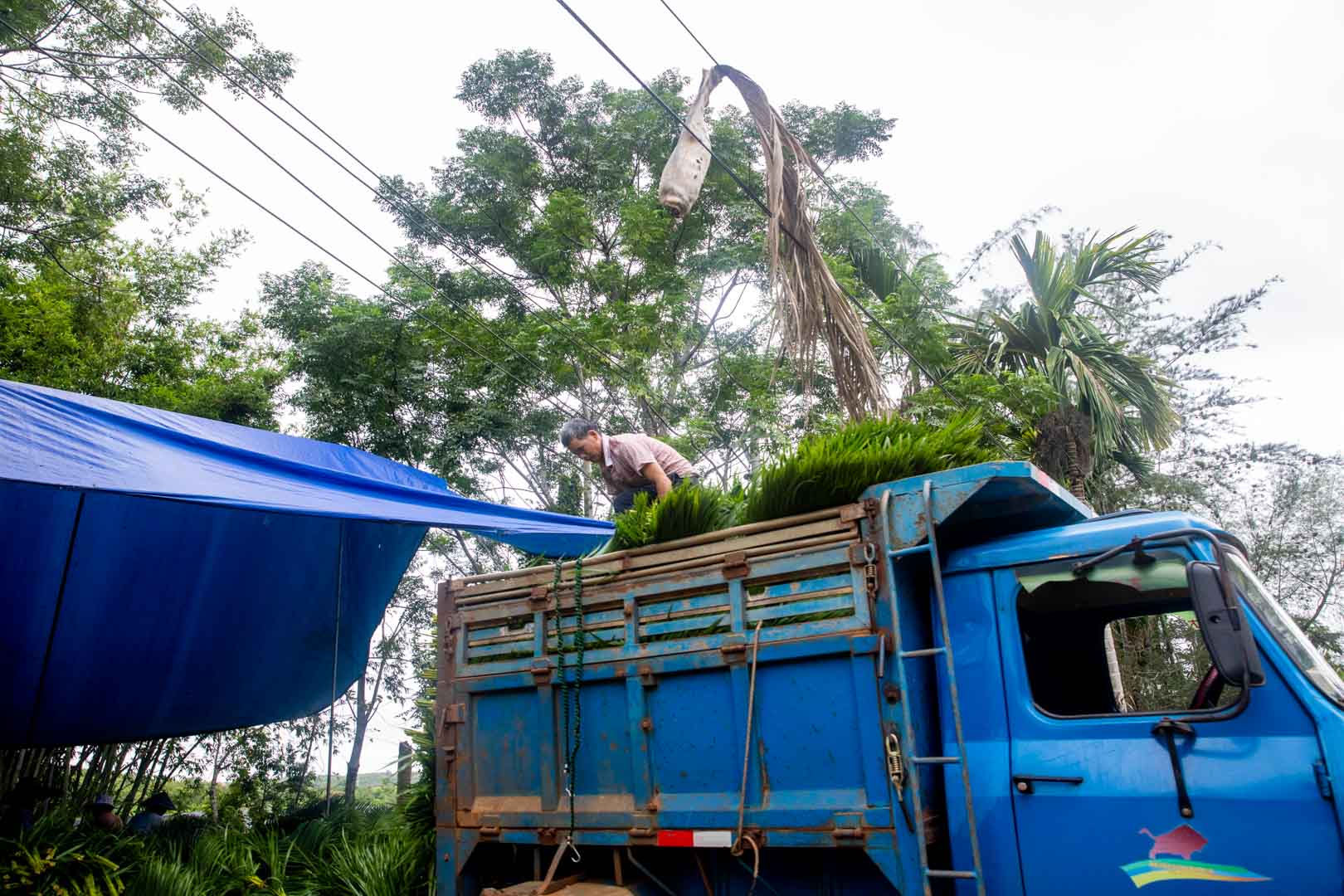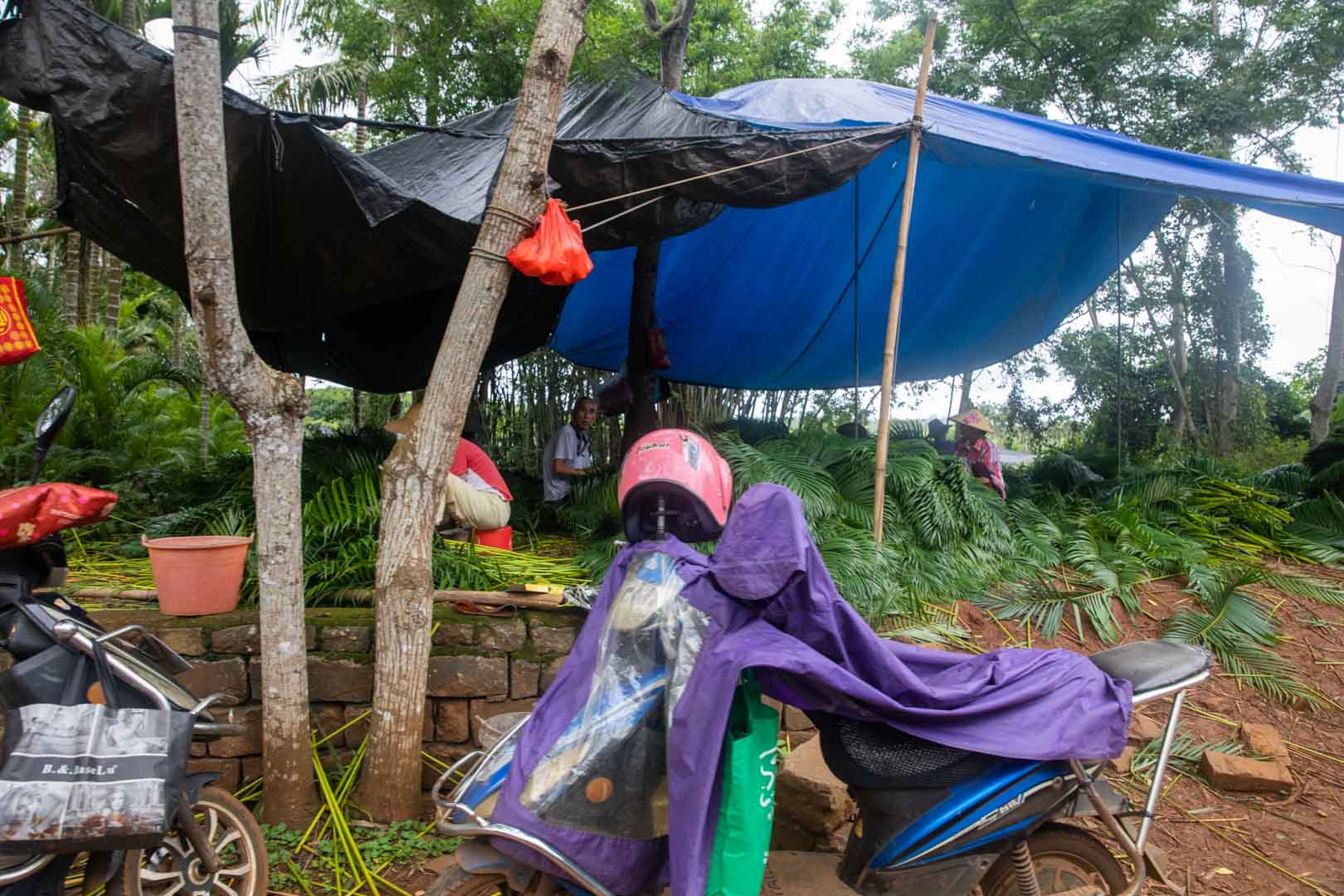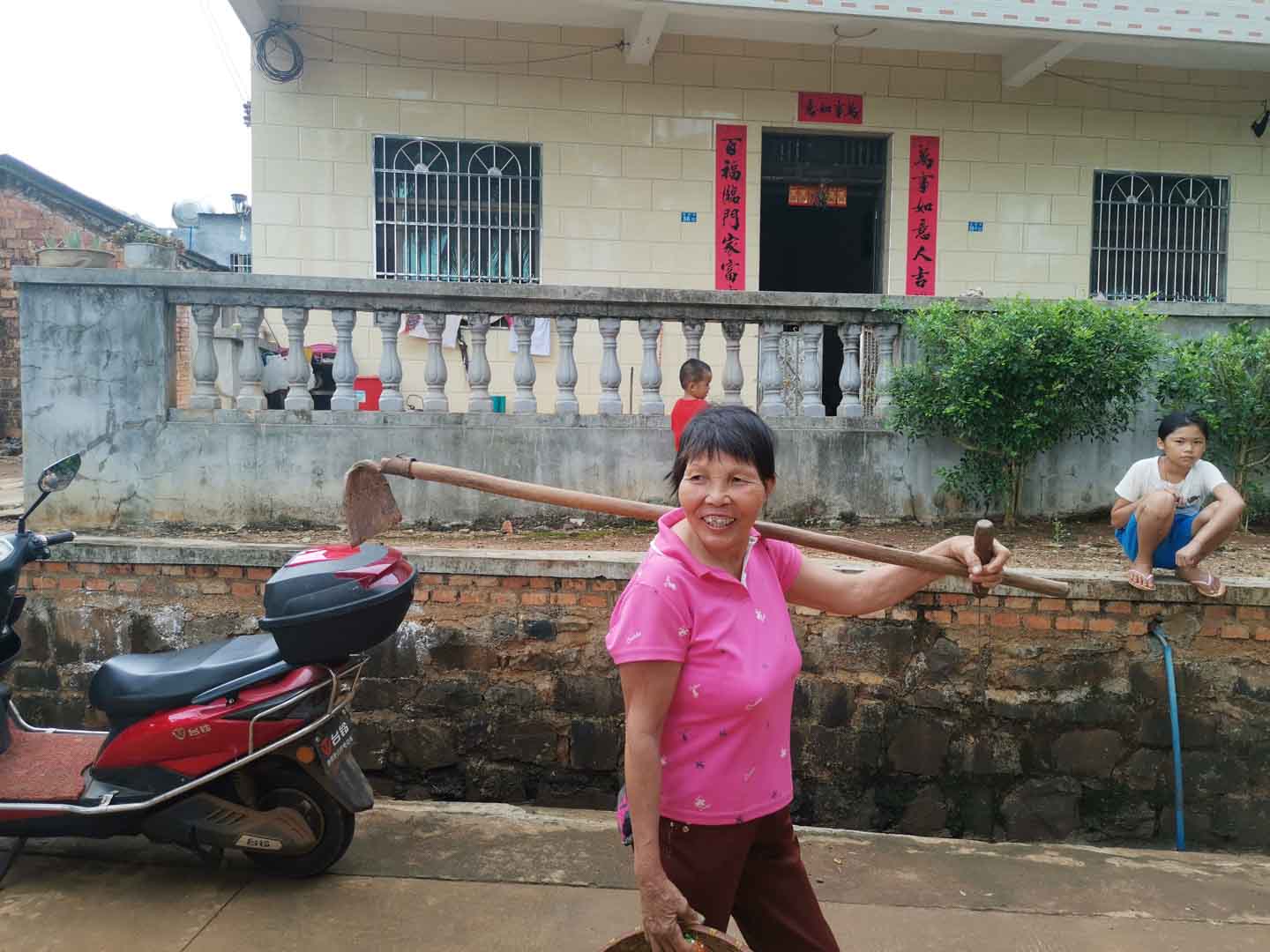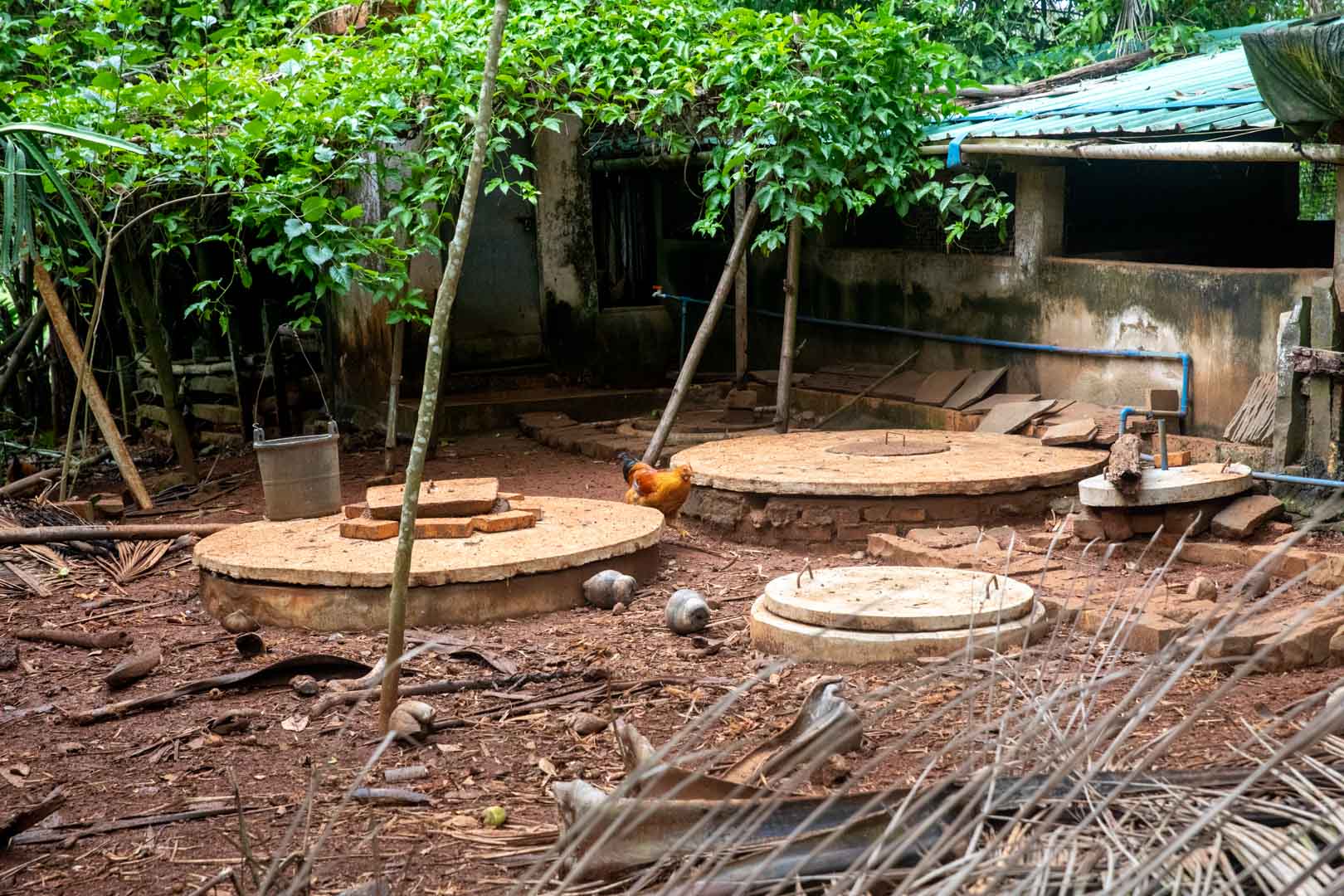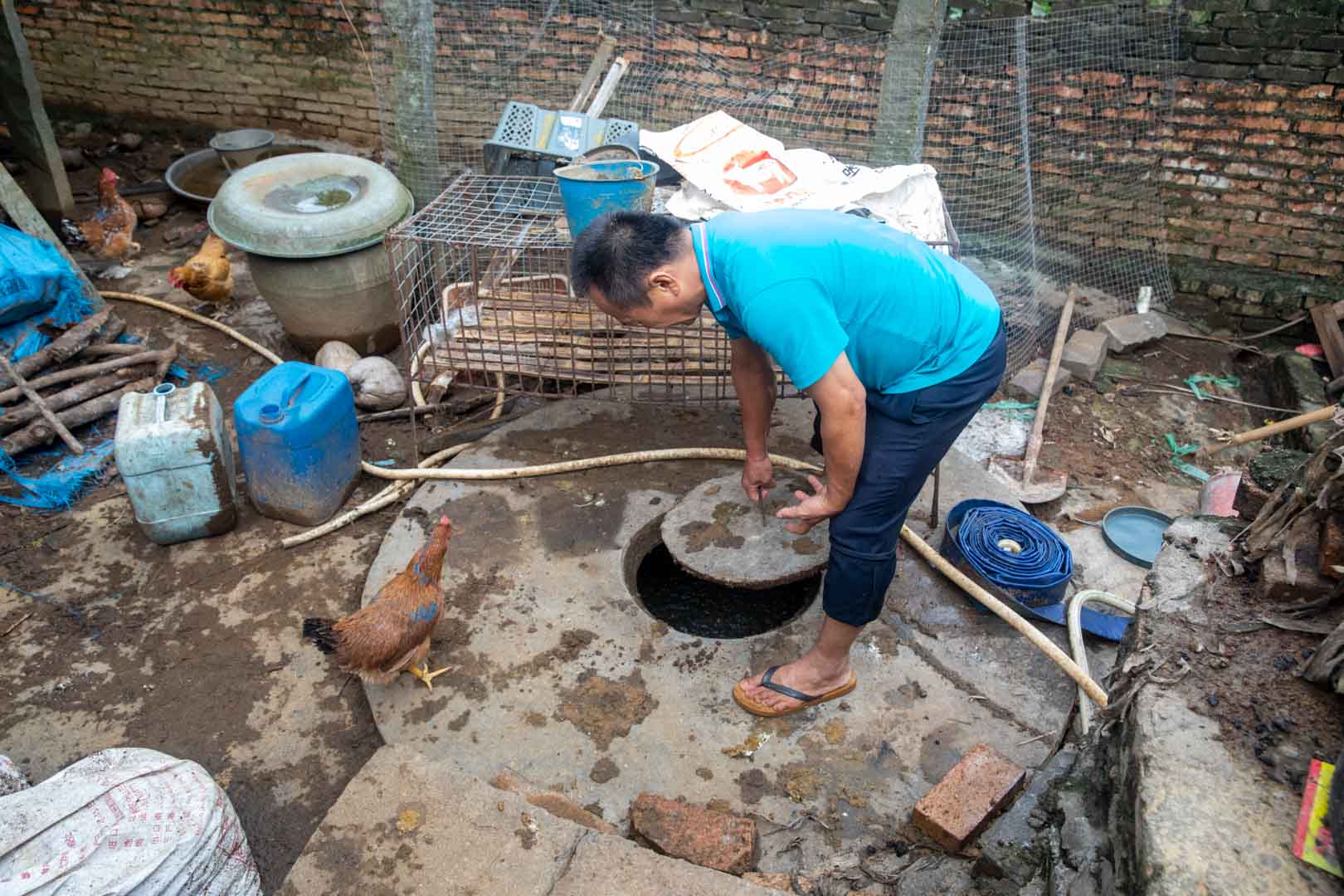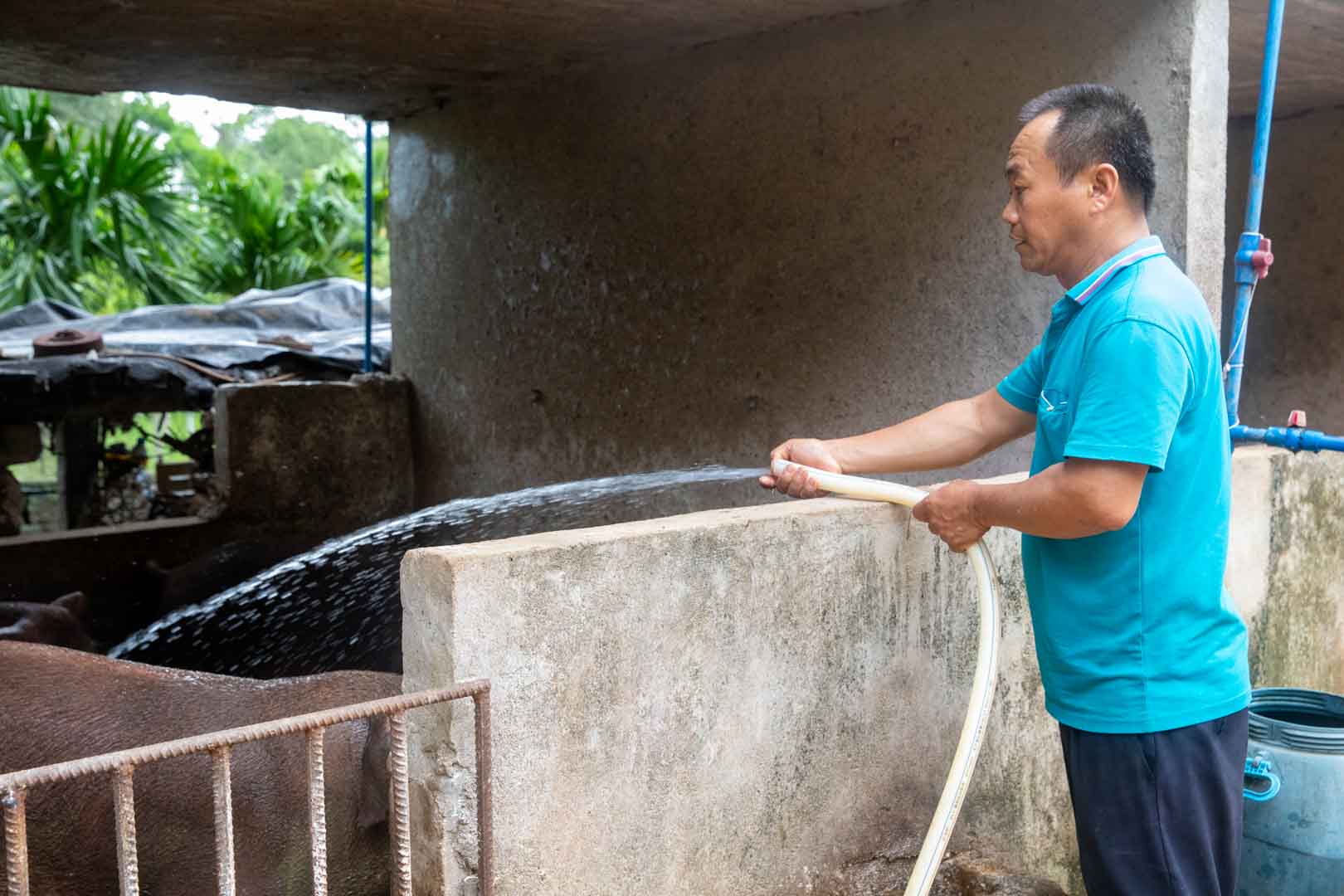Clean and independent energy supply for farmers
With the support from this project, 15,555 biogas digesters have been constructed in rural households in the 20 towns belonging to the city of Haikou in Hainan province. The project helped farmers to build methane digesters where organic matter including manure and wastes are decayed anaerobically. Every household has an average of 2.5 pigs, the manure of which is fed into the digester with a volume of eight cubic metres, producing enough biogas to meet one household's thermal energy demand.
Before the project started, the farmers stored the manure in deep pits with anaerobic conditions for more than three months, which caused large amounts of methane emissions to the atmosphere. The project helps avoid these methane emissions, but also CO2 from cooking. The biogas produced in the digesters is used for cooking meals and heating water, replacing the use of coal stoves which was used in absence of the project activity.
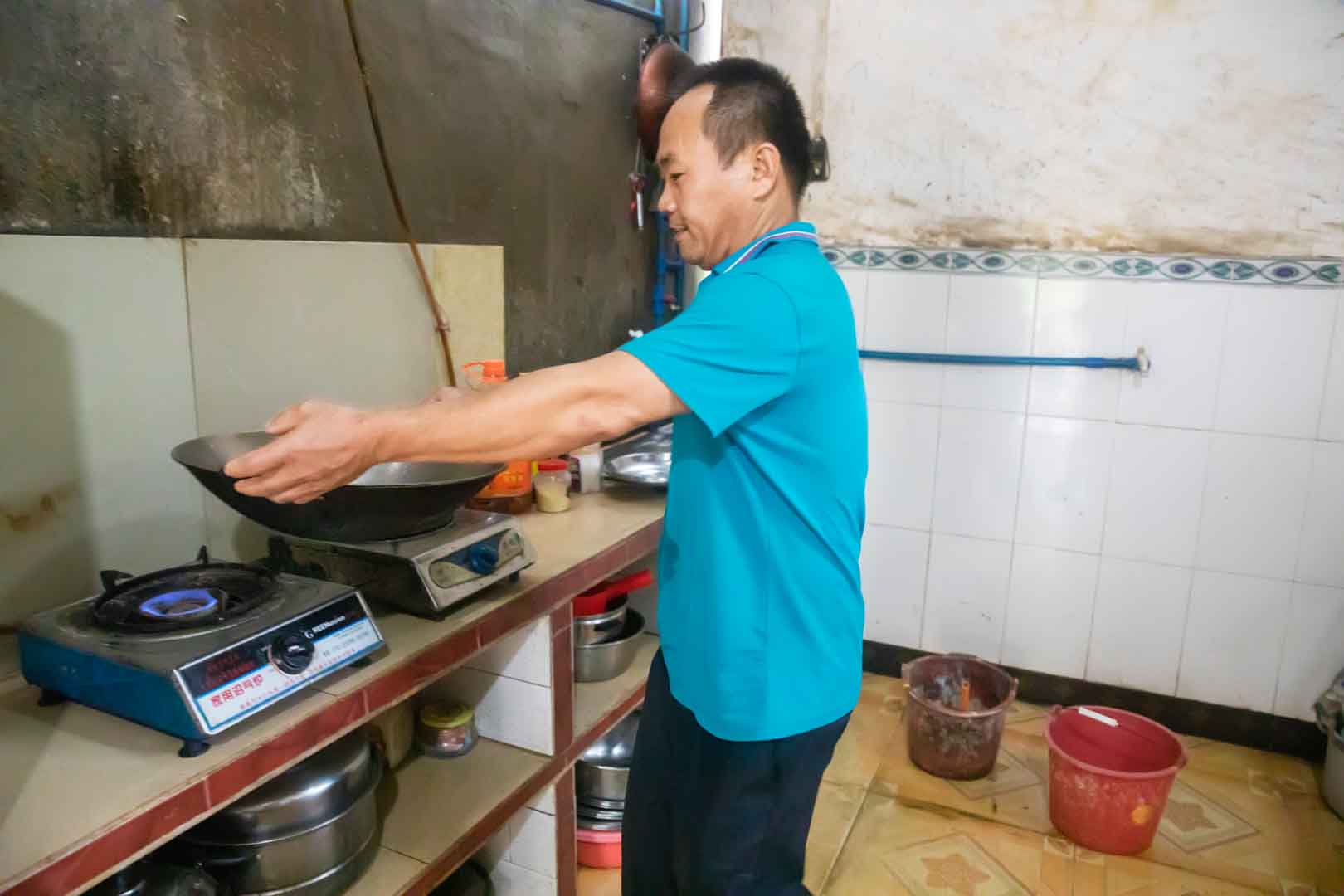
In biogas facilities, biomass is fermented into biogas in sealed digesters. Biomass may consist of organic waste or dung from cows or other animals. In countries like India or Vietnam, families use the gas from small biogas plants for cooking. This reduces CO2 emissions that would be produced by cooking with wood or charcoal. Biogas plants also prevent methane from escaping into the atmosphere, as is the case when organic waste is stored in an open pit. Instead, the gas is fed from the closed digesters to specific cookers and thus provides an independent and renewable source of energy.
Explore our projects
Biochar for Climate Action, Healthy Soils, and Better Harvests

A certified climate project combined with additional commitment

Expansion of renewable energy generation in Asia
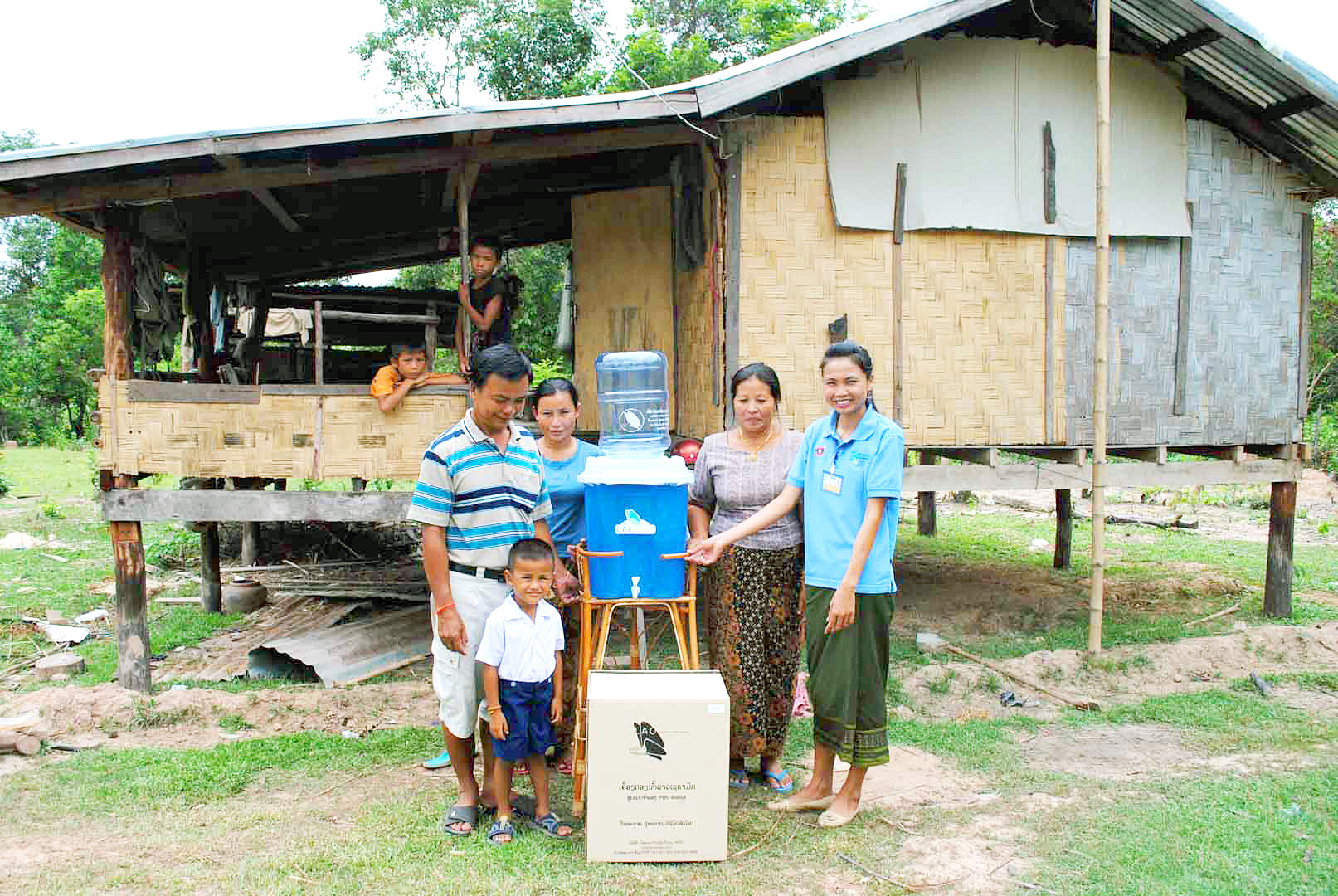
Ceramic water filters save CO2 and improve health
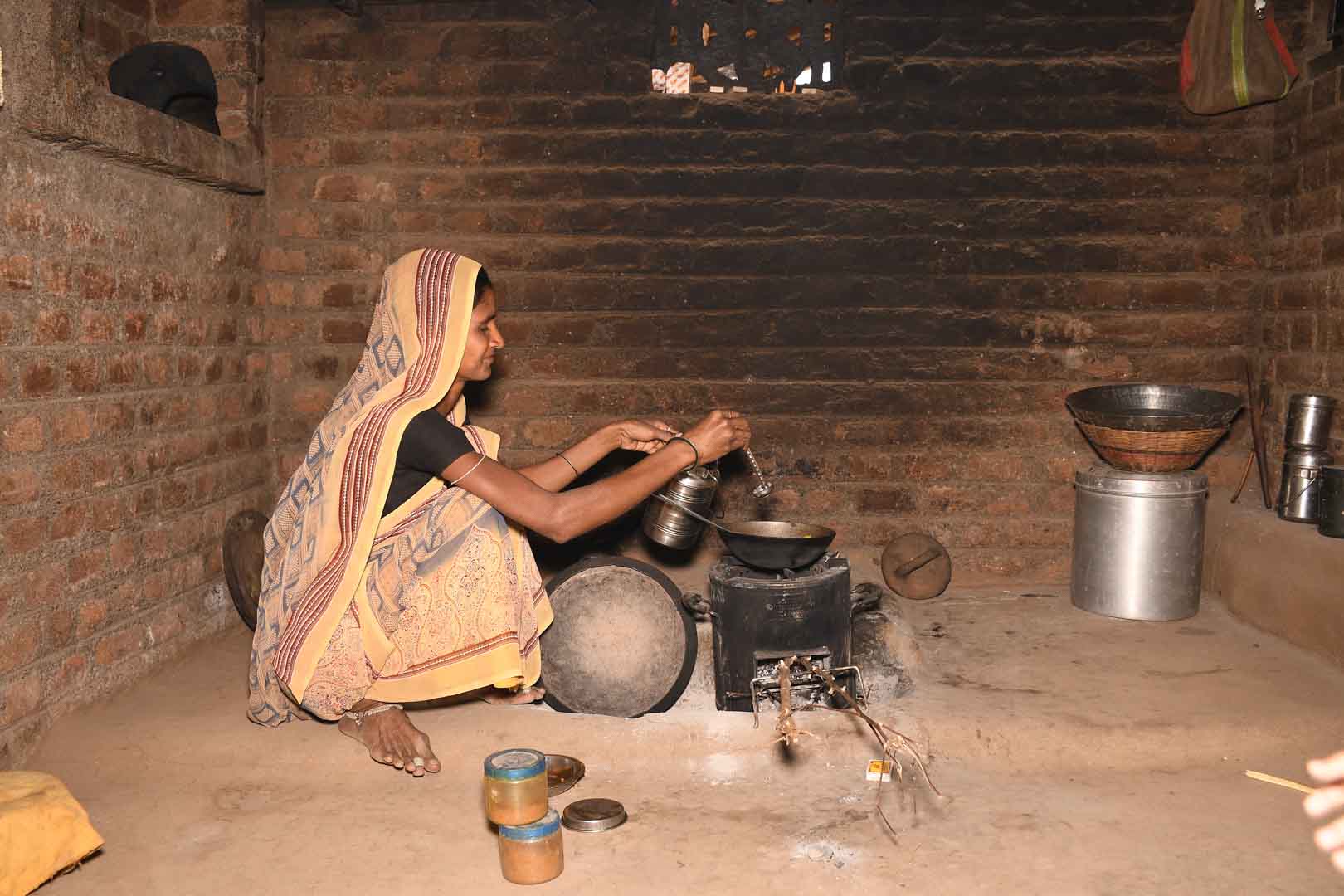
Improved cookstoves worldwide – for better health and cleaner air

A certified climate project combined with additional commitment
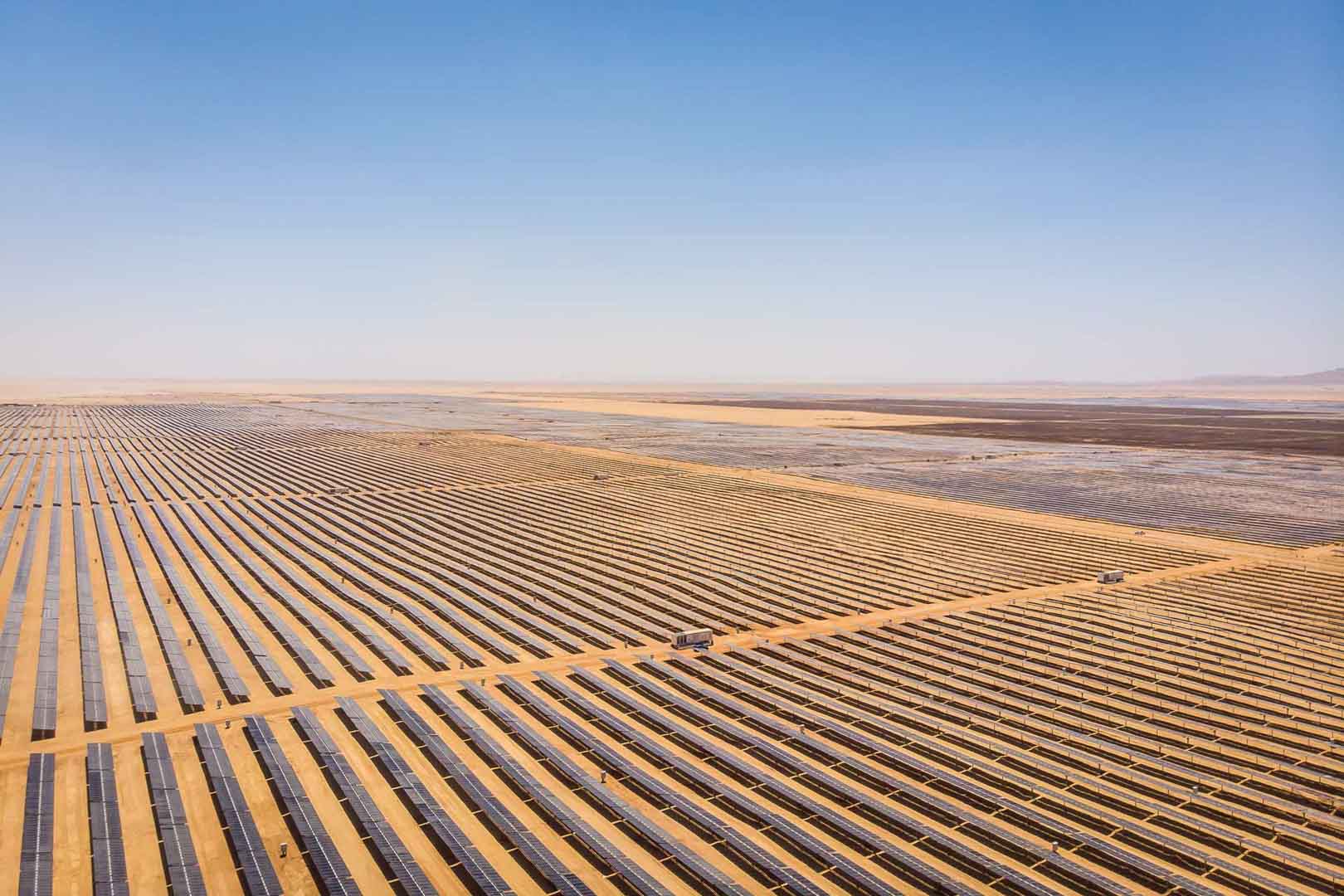
Powering access to renewable energy in Africa

A certified climate project combined with additional commitment
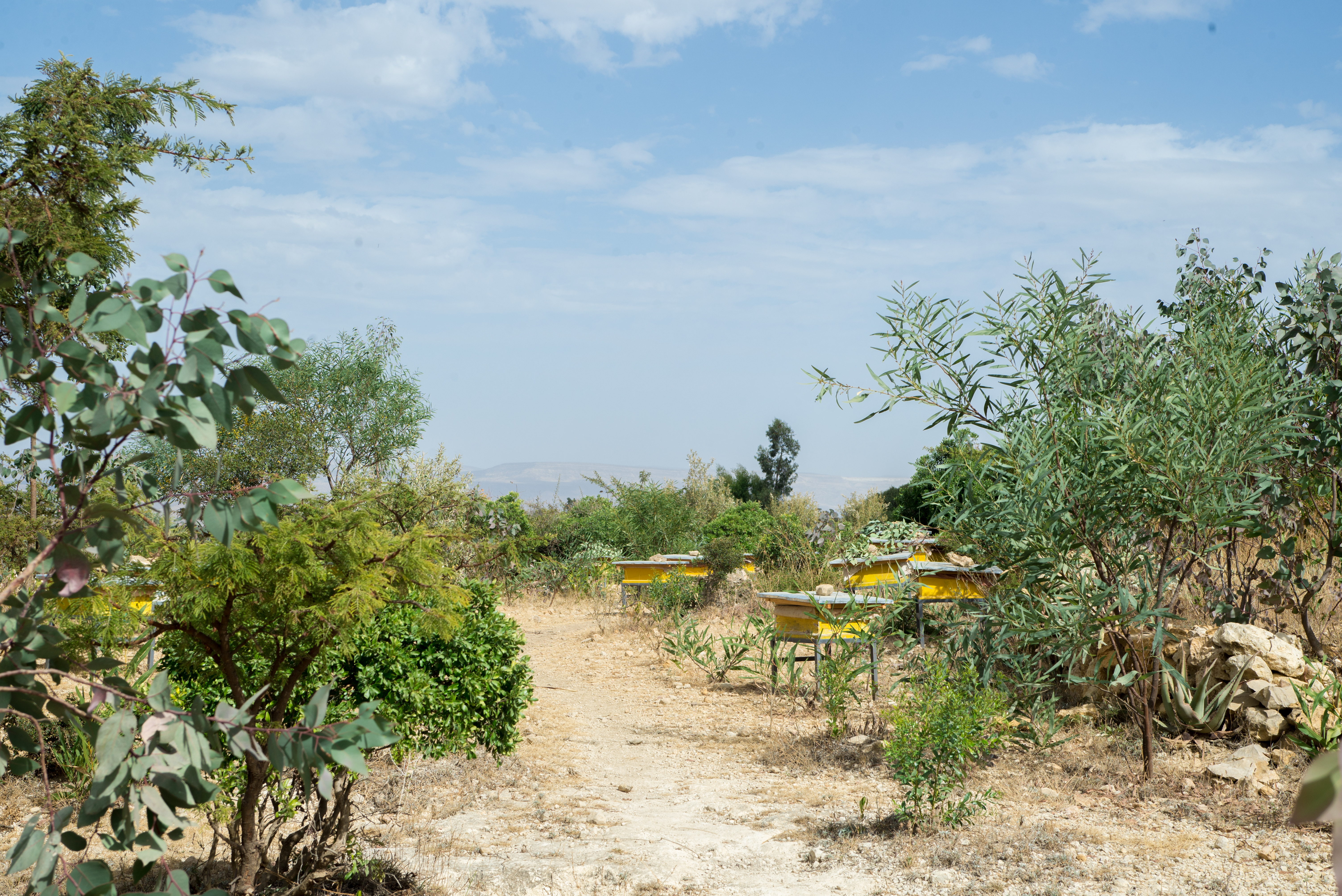
Restored ecosystems remove carbon
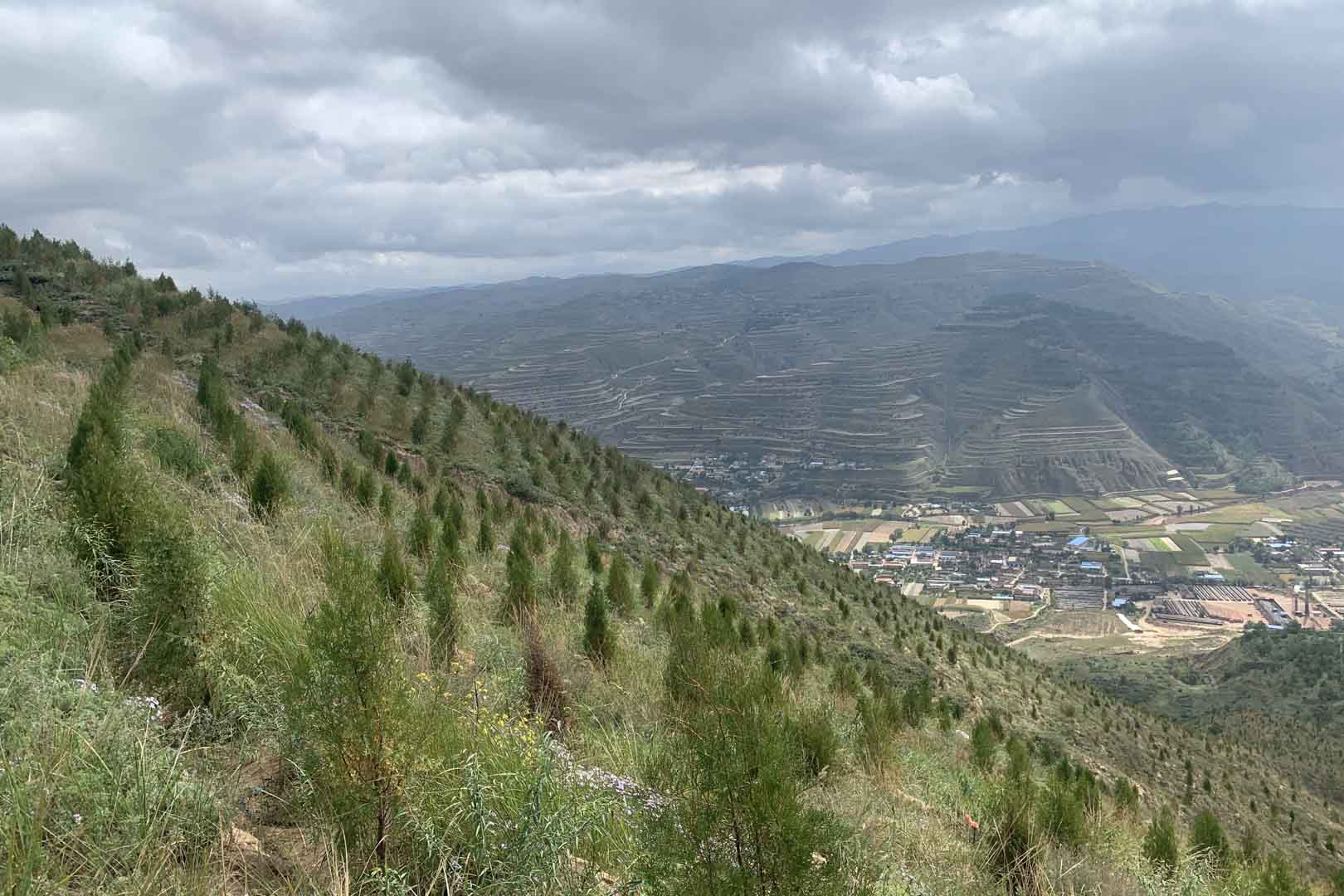
Turning degraded farmlands into healthy ecosystems
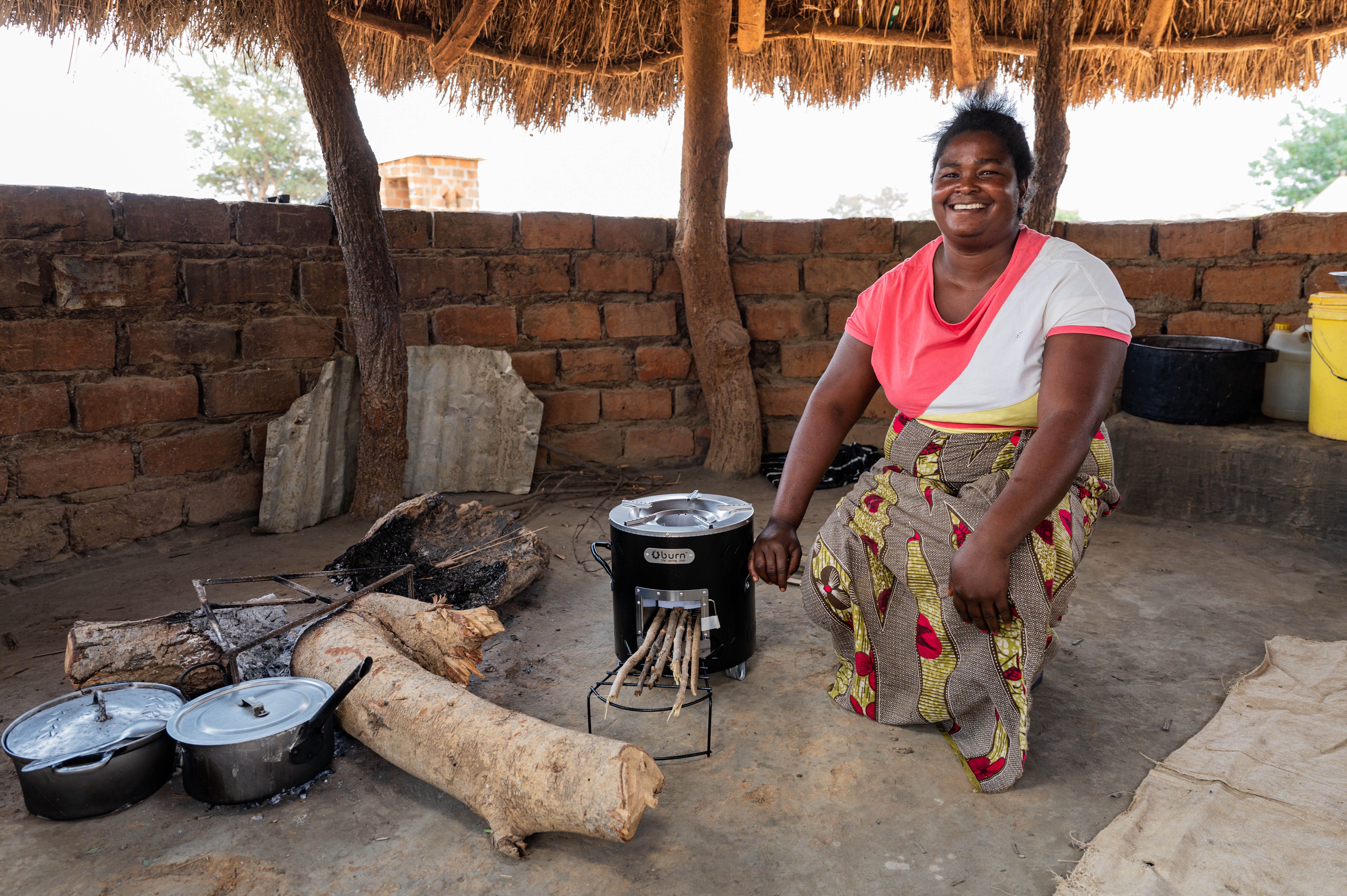
Improved cookstoves - better for health and the environment

